The coat – mirror of health
The dog’s coat is a very good indicator of its health. Hair loss, dandruff, a greasy or dull coat indicate diseases or nutritional deficiencies that need to be clarified individually.
The length and texture of the dog’s coat varies from breed to breed. Accordingly, the amount of care required for the coat can vary. With some dogs it is hardly worth mentioning, while others need to be brushed almost daily. If you are negligent in this respect and do not give your dog the necessary care, you will have to reckon with coat problems. The same can happen if the dog’s diet is not healthy and balanced. This can also lead to a change in the coat. It appears dull and lacklustre, there will also be hair loss, increased dandruff or disturbances when changing coat. From the quick and mostly visible reaction of skin and hair to diseases or nutritional deficiencies, every dog owner can easily judge the general condition of their dog and its changes. Accordingly, the causes can also be counteracted promptly.
Problems when changing coat
The dog’s coat change follows a seasonal cycle, with peaks in spring and autumn. During this time (for most dog breeds) hair loss is completely normal. The hereditary coat change is supposed to protect the animals from cold in winter and heat in summer by an adapted coat. The renewal of the coat takes about 4 to 6 weeks. As this is an enormous metabolic effort for dogs, nutritional deficiencies become particularly apparent during the coat change. A high-quality dog food that provides the dog with all the important nutrients is a good basis for a smooth change of coat.
Keeping dogs indoors (warm), artificial lighting, climate change and other external factors can upset the coat-change cycle or even cause it to stop altogether. Instead, the coat change is carried out throughout the year. This is not uncommon nowadays and therefore mostly harmless as long as there are no underlying health problems.
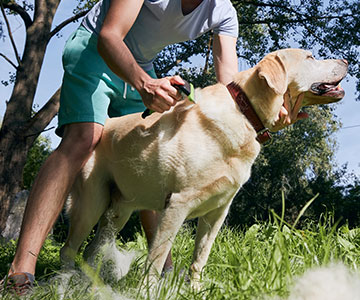
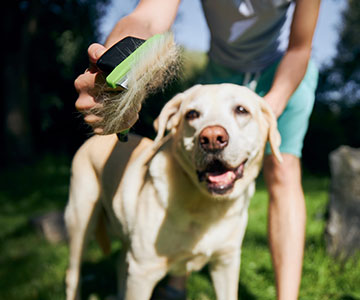
Sebum production keeps the hair alive
Hair, like claws, is known as a ‘skin appendage’. Every organ of the body is supplied by the organism, but in the case of the hair with sebum rather than blood: At the end of the root sheath sit sebaceous glands in the skin, whose secretions are partly responsible for the vitality, shine, and longevity of the hair. They produce the fatty, mineral-rich sebum that is given to the hairs when they grow out of the root sheath. Afterwards, it is up to the dog to take care of the further hair maintenance, i.e. also the distribution of the hair follicle, with its body care.
Hair is an important and indispensable part of the organism with many functions. Since both hair growth and sebaceous gland production depend on the hormonal system as well as on a sufficient supply of proteins, fatty acids, minerals and vitamins, this explains why the coat is also called the ‘mirror of health’. If important components are missing, it is not surprising if the coat is dull, shows dandruff and there is exceptional or excessive hair loss.
Hair changes due to disease or nutritional factors
Our dogs’ coats not only differ in length, but can also be smooth, wavy, curly, rough, soft, silky or hard. Nevertheless, coat problems can be recognised relatively clearly in all dogs. This leads to changes in the coat, which can manifest themselves as follows:
- slight brittleness
- dull, lustreless hair
- greasy, oily hair
- increased hair loss outside the shedding period
- no firm hold of hair or whole tufts of hair
These symptoms may additionally be accompanied by altered skin (dandruff, redness) as well as other symptoms such as bad body odour, itching and/or frequent licking of certain skin areas. However, definitive conclusions about a specific disease can rarely be drawn from these numerous non-specific factors. If your dog suffers from skin or coat problems, it is therefore always advisable to consult a vet.
High-quality food supports the coat
The connection between species-appropriate, high-quality nutrition and coat condition has already been investigated in various scientific studies. The result: in almost all animals examined, it is possible to achieve an improvement in coat condition, expressed by shine and the correct fat content, after just a few weeks by feeding high-quality complete food.
A healthy and strong coat should therefore be a matter of course for every dog. It reflects not only the health of the dog, but also its conscientious care and optimal nutrition. If a dog is physically healthy despite poor coat quality, the diet should be changed, or nutritional deficiencies, such as the lack of certain nutrients, should be corrected. A species-appropriate diet should also be supported by regular and thorough grooming. This also includes regularly checking the dog for parasites.
Tips for a healthy coat
- Feed your dog with high-quality, species-appropriate dog food. PLATINUM, for example, uses only the best ingredients to produce its dog food. In particular, high-quality salmon oil and cold-pressed linseed oil not only ensure the optimal fat balance, but also promote skin and hair health.
- When bathing your four-legged friend, use special skin-friendly shampoos for dogs to prevent the skin from drying out.
- Brush your dog regularly: skin problems and diseases caused by matted fur can thus be prevented.
- Check your dog’s coat regularly for burrs, ticks and other pests – also look out for skin lesions or rashes.
- Keep your dog free from skin parasites such as fleas or mites.
- If possible, take off the collar and chest harness indoors so that the coat does not experience permanent pressure or friction in these areas.
- In the cold months, make sure that the humidity in living spaces is not too low (40% to 60% is ideal) and that the rooms are not overheated. This dries out the skin unnecessarily.
- If you use dog clothes, make sure they fit properly and are made of fur-friendly material.
- Don’t let your dog’s claws get too long; shorten them with special scissors if necessary or ask your vet’s practice for help.
Product recommendations
The benefits of PLATINUM dog food
- PLATINUM uses a unique preparation method called FSG, which offers numerous advantages compared to conventional dog food.
- Dog food prepared with FSG is gently cooked only in its own meat juice and is therefore nutrient-rich like BARF, excellent for building muscles and also extra tasty for your dog.
- With at least 70% fresh meat in the dry dog food and 83% fresh meat or fresh fish in the wet dog food, PLATINUM places great value on a composition of the food that is adapted to the needs of dogs.
- The declaration and composition of dog food prepared with FSG is tested regularly and independently by ELAB Analytik GmbH (formerly TÜV SÜD ELAB) - for canine health protection.
- PLATINUM is generally very well accepted by dogs of all breeds and ages. Even four-legged friends with sensitive digestion or intolerances usually tolerate PLATINUM dog food well.
- All products are free of soya, GMOs and gluten. In addition, no flavour enhancers, attractants, odourants or colourings are used.
- Over 2,000 positive customer reviews at Trusted Shops speak for themselves!



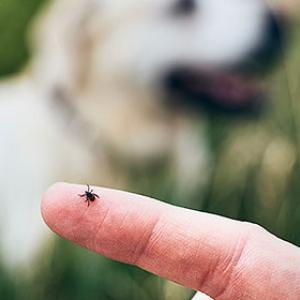
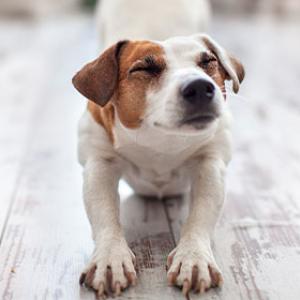
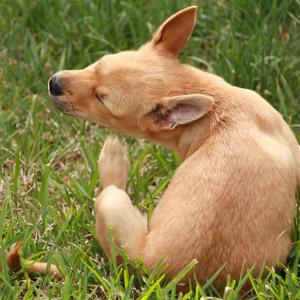
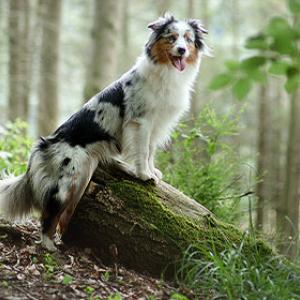
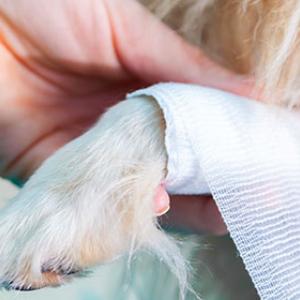
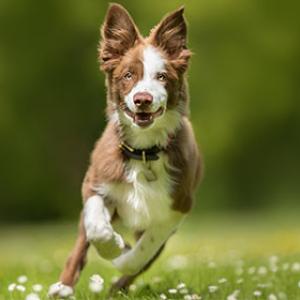
.png)
.png)
.png)
.png)
.png)